The Greatest April Fools' Joke in Sports: The Saga of Sidd Finch
When readers received the April 1, 1985, issue of Sports Illustrated, they opened the magazine to read an article about a young, unknown New York Mets prospect who could throw a baseball 168 mph. The Curious Case Of Sidd Finch, written by journalist George Plimpton, detailed the mysterious lifestyle of the "part-pitcher, part-yogi" who played the French horn beautifully and looked like "Goofy in one of Walt Disney's cartoon classics" when he threw the ball.
The fascinating story of Sidd Finch was all a hoax, an idea originally drummed up by SI's managing editor at the time, Mark Mulvoy, and perfectly executed by Plimpton. Part of what made the story so believable was the photographs of Sidd Finch, taken by SI photographer Lane Stewart, who recruited his friend, art teacher and occasional assistant Joe Berton to portray the fictional Sidd Finch character.
In honor of April Fools' Day, SI caught up with Stewart and Berton, who are still good friends and forever bonded by the saga of Sidd Finch.
The following interviews have been edited for clarity and brevity.
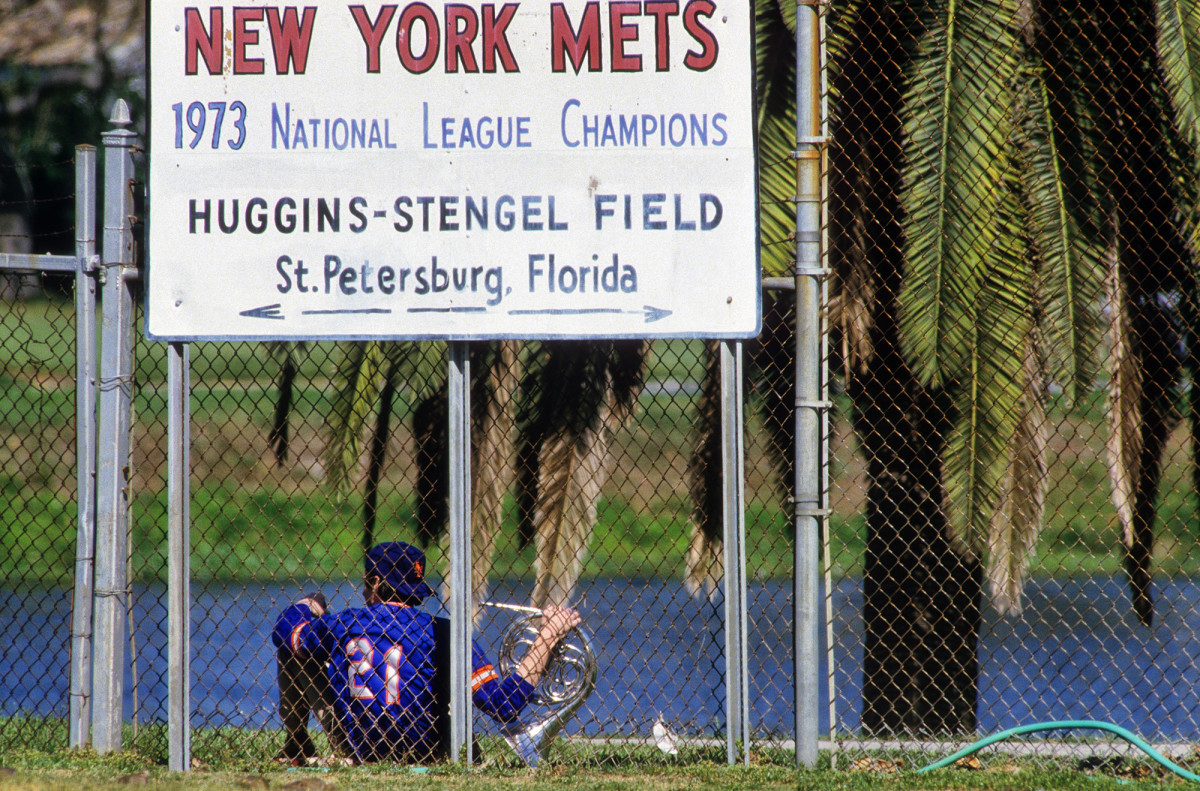
Jamie Lisanti: Take us back to the moment you received the photo assignment for George Plimpton’s Sidd Finch story.
Lane Stewart: I always said I could get enthusiastic about anything and [the SI editors] really took advantage of that. I really liked doing odd stories. And they knew I wouldn’t fluff it off. I knew Plimpton from the magazine and to me, to have a chance to illustrate something Plimpton had written, I saw it as once in a lifetime. Someone else would have wanted to go to the Olympics. It was a big deal for me.
About three years ago, I dug out my old notebook where I always kept some notes on my travel expenses. And it really refreshed my memory. I know the story came into Mark [Mulvoy] and the senior editors. There was never a lot of discussion about pictures in those days. It’s not that Mark would’ve discussed picture concepts with the art director. It wasn’t like that. They would’ve handed me the stapled pages of the story….There wouldn’t have been a lot of discussion and meetings.
JL: How did you know Joe Berton? And why did you choose him?
LS: Joe Berton is one of my best friends. He was a teacher in [a suburb of] Chicago and he’s a military historian. I met him years and years before and when I was in his part of the country, if I needed an assistant and he could get out of school, he would help me with lights and things like that.
You’ve seen the pictures. Joe’s not wearing any makeup—that’s Joe. For a very intelligent, incredibly bright guy, he has a crazy sense of humor and an encyclopedic memory of any subject. He also happens to be a rabid Cubs fan.
I read the story and I’m visualizing this character that Plimpton describes—he doesn’t describe him physically so much, I just thought: this is Joe Berton. This is my friend. No other person, no other model—it never occurred to me that there would be anyone else to do this. I immediately knew that Joe was the person for the character.
So I picked up the phone and I called Joe and I said, “Listen, Joe, I got this incredible assignment. Sports Illustrated has this exclusive with the Mets, they’ve got this pitcher in a tent hidden down at spring training. The Buddhist monk…the French horn…the boots. He’s got this 100-something mph fastball!” And the reaction from Joe, being this rabid Cubs fan, was exactly what I knew it would be. He said, “What about our season! What’s this guy going to do?”
And then I said, “Joe, guess what? You’re going to be him!” And that’s how I sprung it on him.
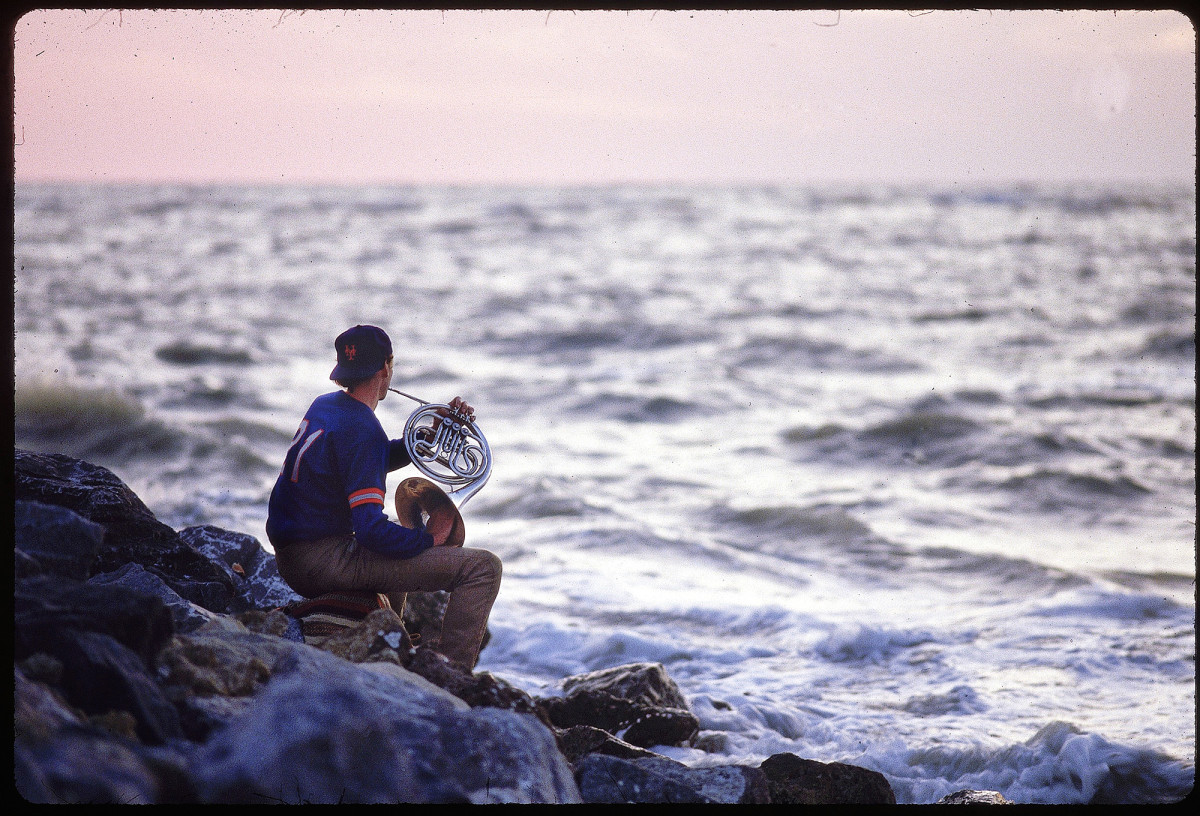
JL: How did Lane convince you to pose as Sidd Finch?
Joe Berton: Knowing Lane, it was probably for a couple of years now that I would help him out with some stories he’d be assigned on and have some leeway in hiring an assistant. And during spring training anyway, he knew I was a big baseball fan. I am a big baseball fan. So when he called that March with a spring story, immediately I was up for it. But then he started telling me the story that it was going to involve a young Mets pitcher that they were going to sign, he had an incredible fastball. He had a connection with the bat. All he had was a food bowl and he played the French horn. And it sounded so bizarre but interesting, so I said, “Yeah, that sounds great. I never heard of this guy either. I’m in on it.”
So he said, “OK, get yourself a French horn and a Tibetan rug and a food bowl and come down to spring training. You gotta be the guy.”
I was an art teacher at the time in Oak Park, Ill., a suburb of Chicago. And I borrowed a French horn from a music teacher. And in the story Lane was relaying, I needed a pair of work boots. So from another teacher I worked with, his brother was a construction worker, so I got work boots that fit me. I borrowed a little black baseball glove from a student I had. So it worked out really well. I came down with my materials, my artifacts, my Tibetan rug and I came to spring training.
JL: What was your approach in photographing Joe as Sidd Finch? Were you trying to achieve a specific look?
LS: Joe was very collaborative. We cooked up a lot of it together. We both think we’re both a little crazy and just perfect for this story. But so much of it off was off the cuff.
I would say the look I was after was believability. My guiding thought—I never considered doing it as comical or any kind of tongue in cheek. I saw it as believability.
From the beginning to the end on this story, we never discussed this as an April Fools' joke. The text that I was handed did not have a big stamp on it that it was an April Fools' joke. I don’t think anybody had any idea that people were going to believe this, we just thought we were going to entertain people.
The opening picture—Plimpton wrote it as the picture appears. This guy has one boot on and one boot off. I thought this was a problem. I shot that picture 1000 ways. I shot it barefoot; I shot it in full uniform; half-and-half uniform; no boots; and with two boots. And then I did it as Plimpton had written it, one boot on and one boot off.
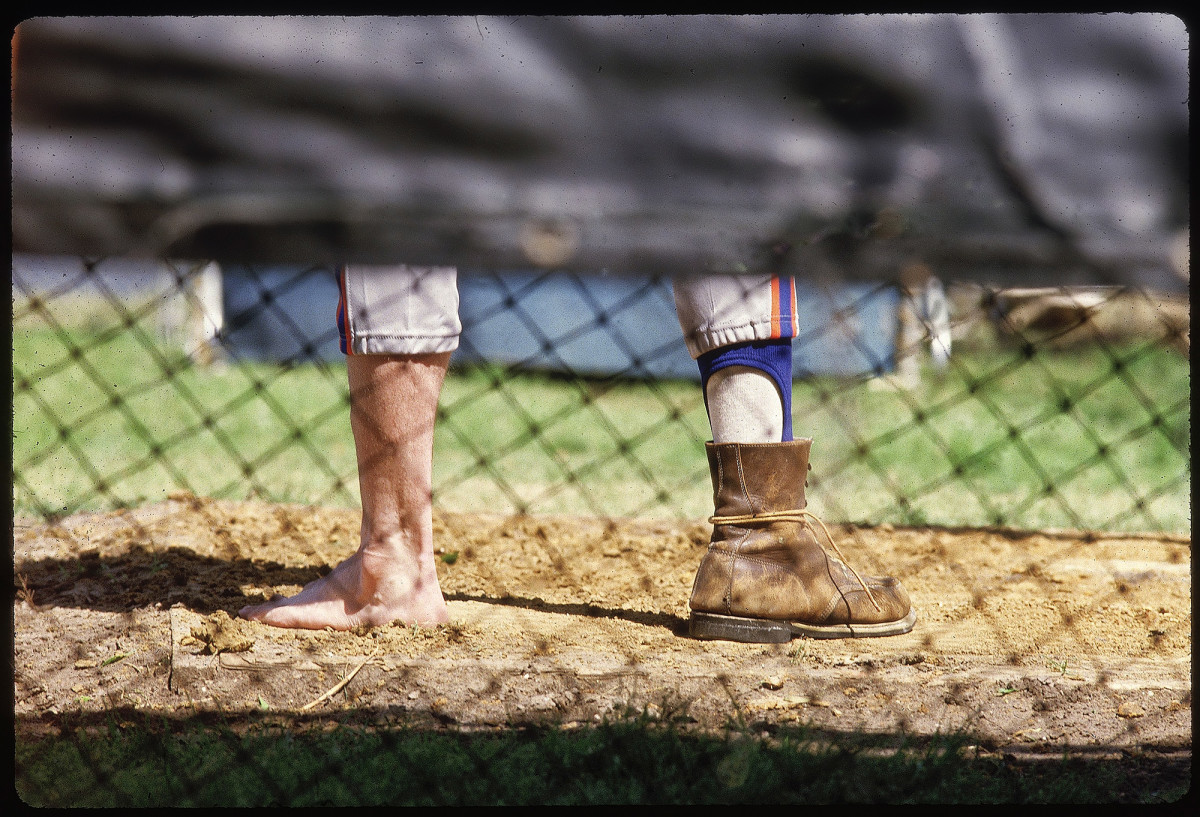
JB: Plimpton was talking about how my foot was so exaggerated [in the photo], with my foot kicked up so high. And so we were doing it barefoot.
We came up with the idea of plinking Coke cans off a sand dune. And we were going to shoot that on a very early Sunday morning, but no stores were open. I remember going down the streets of St. Petersburg looking for recycling plastic bags that might have cans of pop in them that we could use. So we did, we found enough and we set them up on the beach and we walked back 60 feet and started throwing baseballs at the cans of Coke. We just thought it would make such a great shot—and as it turns out, it did, with my toes all spread out.
Eventually we even had some foot doctors write into the magazine after the story appeared trying to convince me what was wrong with my foot and how I could get my toes surgically corrected. But nope, those are all my real toes!
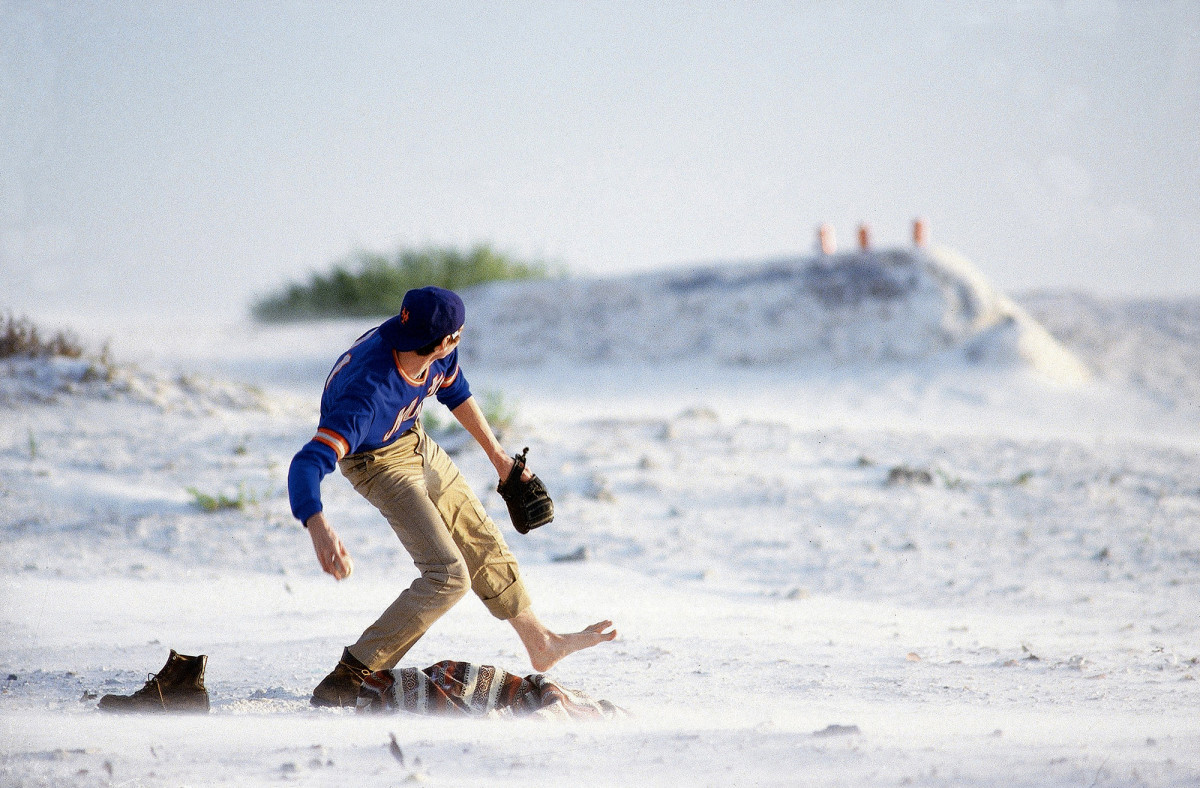
JL: What was the experience like at spring training? Did you feel like a model for Sports Illustrated or did you really get into character while you were there?
JB: I tried to put together the character. The Mets issued me a real uniform, I got to pick what number I wanted out of the numbers that were left. And I thought 21 had a bit of a mystical feel about it. So I got my uniform and we went out to meet some of the guys, but we wanted to play it pretty low key. The Mets had just signed Gary Carter, so we weren’t going to hang out with some of the big stars.
The young guys were much more cooperative and much more willing to go along with whatever we wanted to do. So the young players at the time—people like Lenny Dykstra, even Kevin Mitchell, Dwight Gooden was still pretty young. Lane would coax me into different situations with Gooden and other pitchers standing around. So I’d walk up with French horn and start talking to them. I think they all weren’t sure what to make of me—whether I was a good friend of Nelson Doubleday, one of the owners of the Mets at the time, or how I really fit into this—but they were excited because they thought this could be in Sports Illustrated, so they were going along with it.
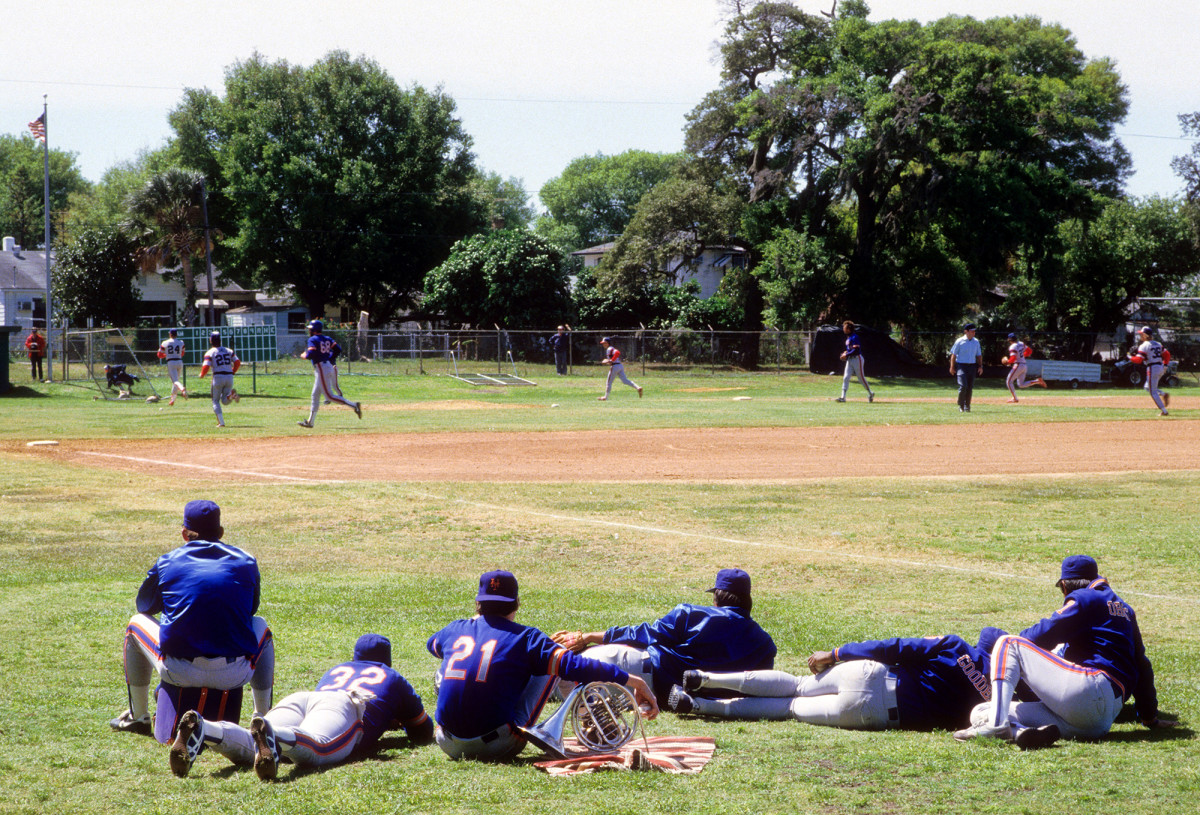
I remember during one spring training game I was in the sideline sitting down the right field line with Gooden, [Jesse] Orosco and Mitchell watching the game. And Mitchell grabs my French horn and he starts playing with it—he says, “How do you play this thing?” And I was showing him how to make noise. And Mitchell starts playing this during the game. And I said, “I can get kicked out of here. Give me back my French horn! I don’t care what you guys are doing, but I can’t lose this.” [Laughs.]
We were able to do a lot of different situations that Lane was able to photograph.
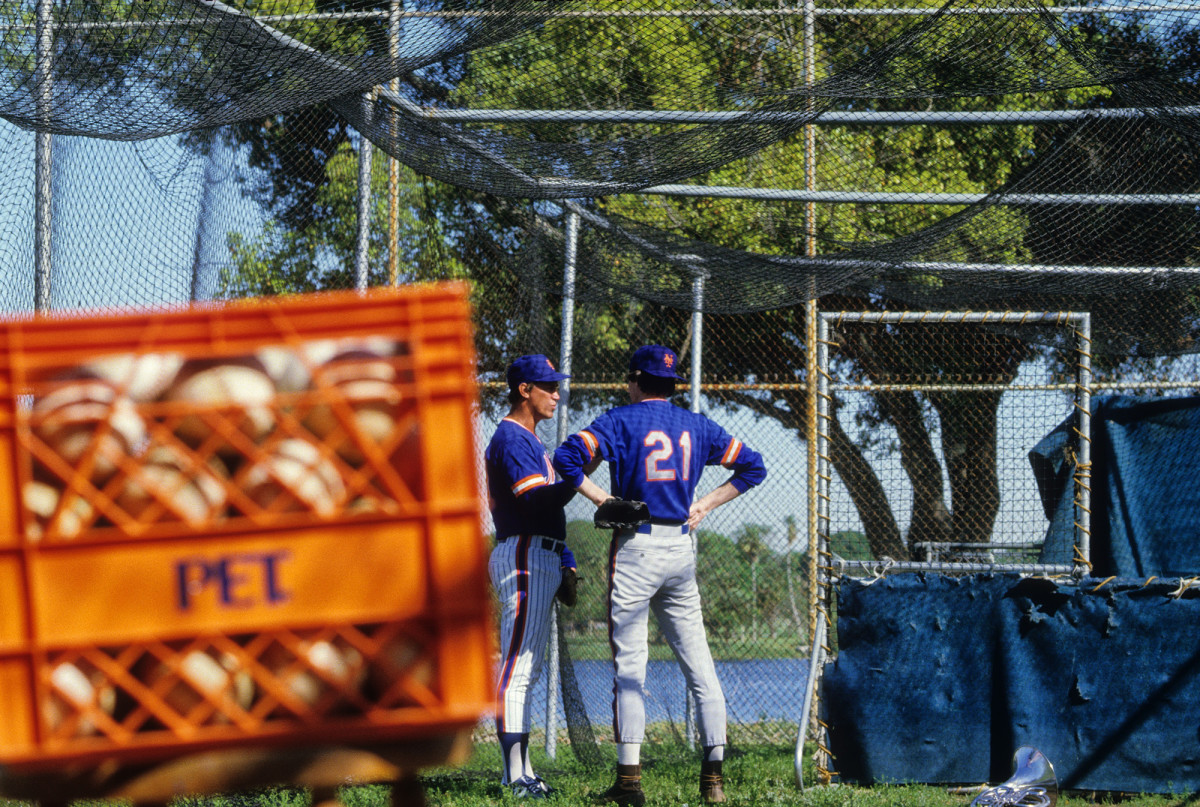
JL: Where were you that April 1st in 1985, when this magazine came out and people saw you portrayed as this Sidd Finch character?
JB: It was kind of an odd week because the print magazine comes out earlier than the cover date that is printed on the magazine, so the magazine itself came out four to five days before April 1. And my first recollection of it—I was teaching and one of the kids at school said to me, “Does this mean you’re not going to be a teacher anymore?” And I said, “What are you talking about?” And he said he saw the baseball story and asked, “What’s going on?”
I hadn’t physically seen the magazine, but Lane had given me a clue. Once Plimpton, Lane and Mark Mulvoy got together in New York to see Lane’s carousel of slides, Lane presented all of the shots we had taken and Plimpton loved it and Mulvoy couldn’t believe it. He wanted to knock some advertisers out of the story and make it a much bigger deal than what was originally planned. Lane gave me a call and gave me a heads up on how much they loved the pictures we did. And to get ready, that it was going to be a much bigger deal that what we had thought.
So I went over to the local 7-Eleven and grabbed the new Sports Illustrated off of the rack, opened it up and there were the pictures. It was great.
The Curious Case of Sidd Finch
Sidd Finch (Joe Berton)
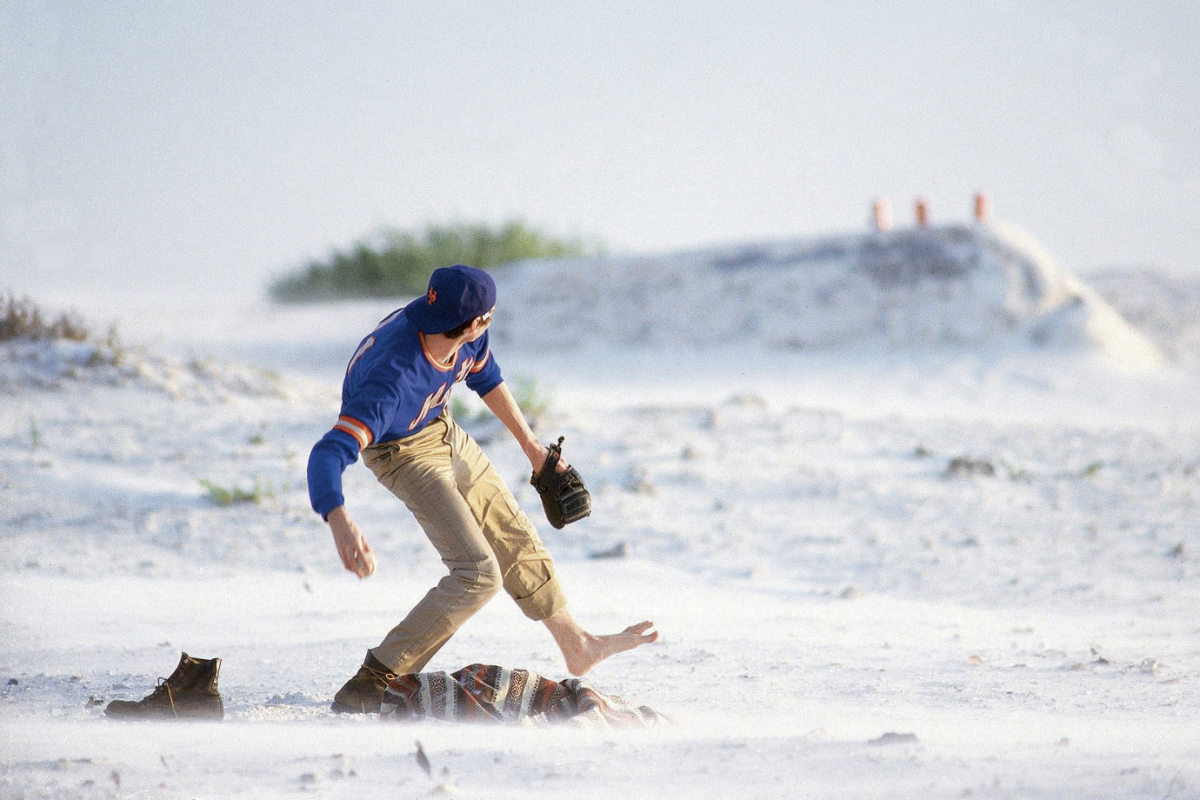
St. Petersburg, Fla.
Sidd Finch (Joe Berton)
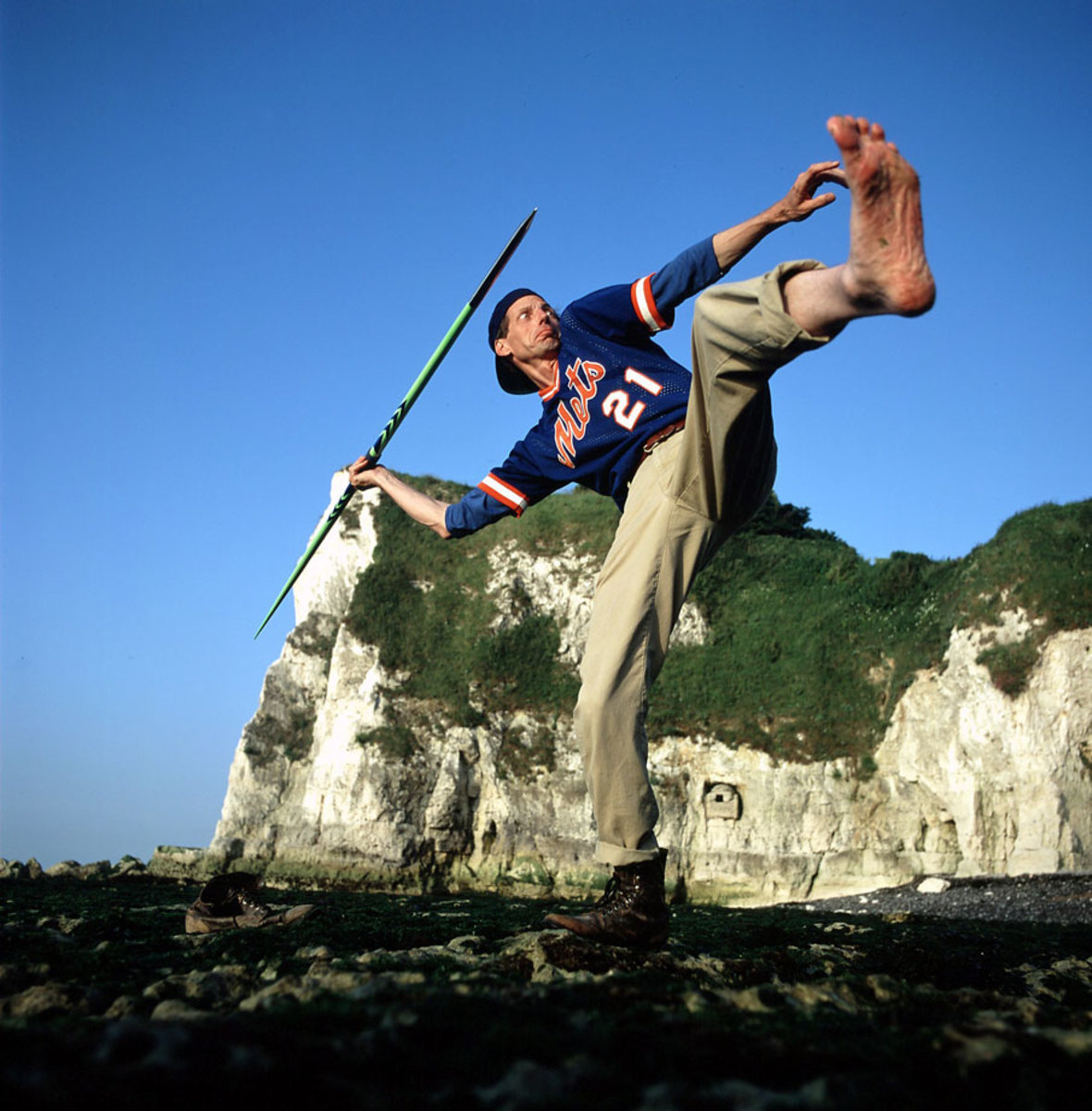
Staffordshire, England
Sidd Finch (Joe Berton)
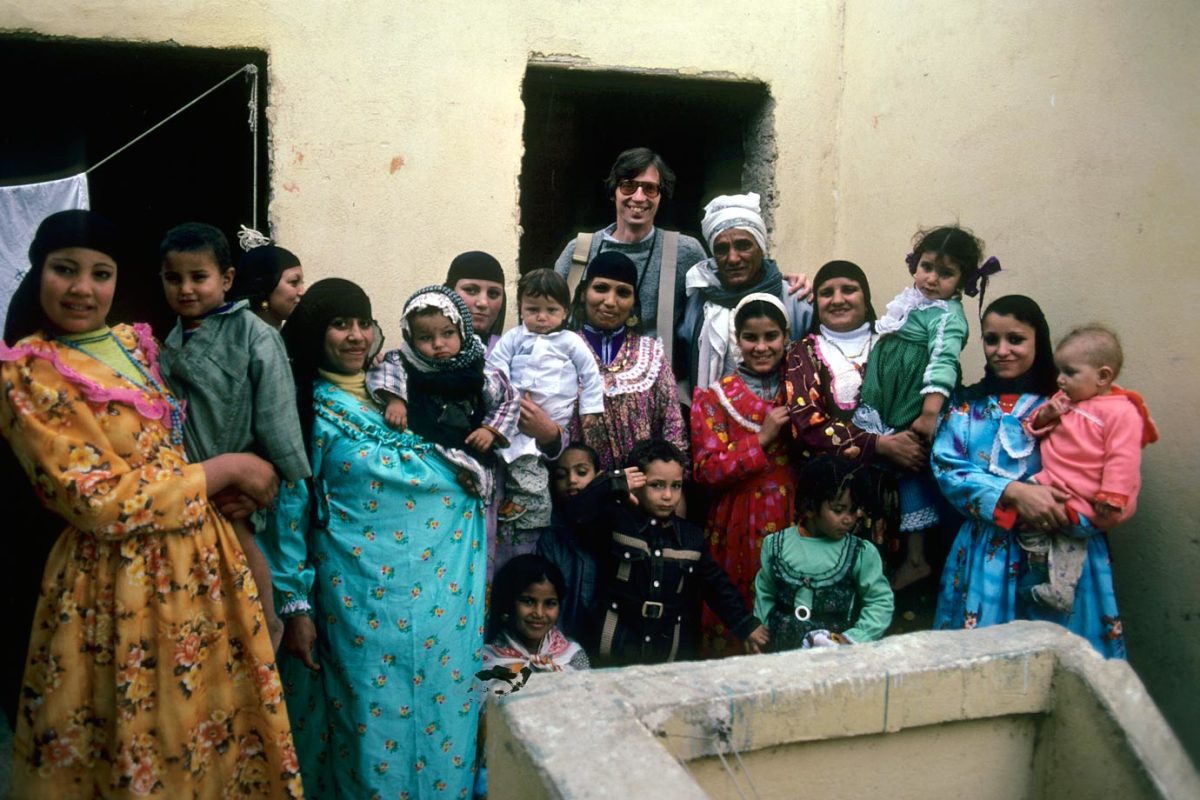
Tibet
Sidd Finch (Joe Berton)

Giza Necropolis, Egypt
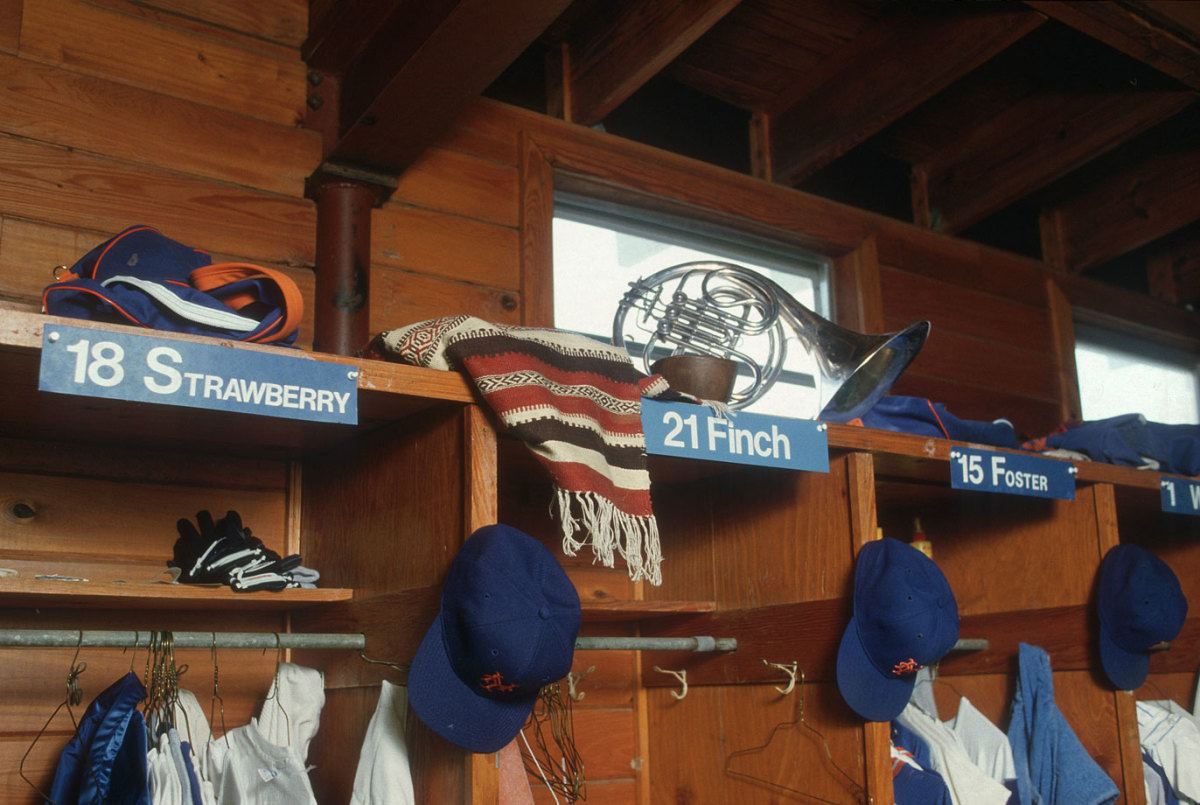
Spring training in St. Petersburg, Fla.
Lenny Dykstra, John Christensen and Dave Cochrane (reacting after watching Sidd Finch)
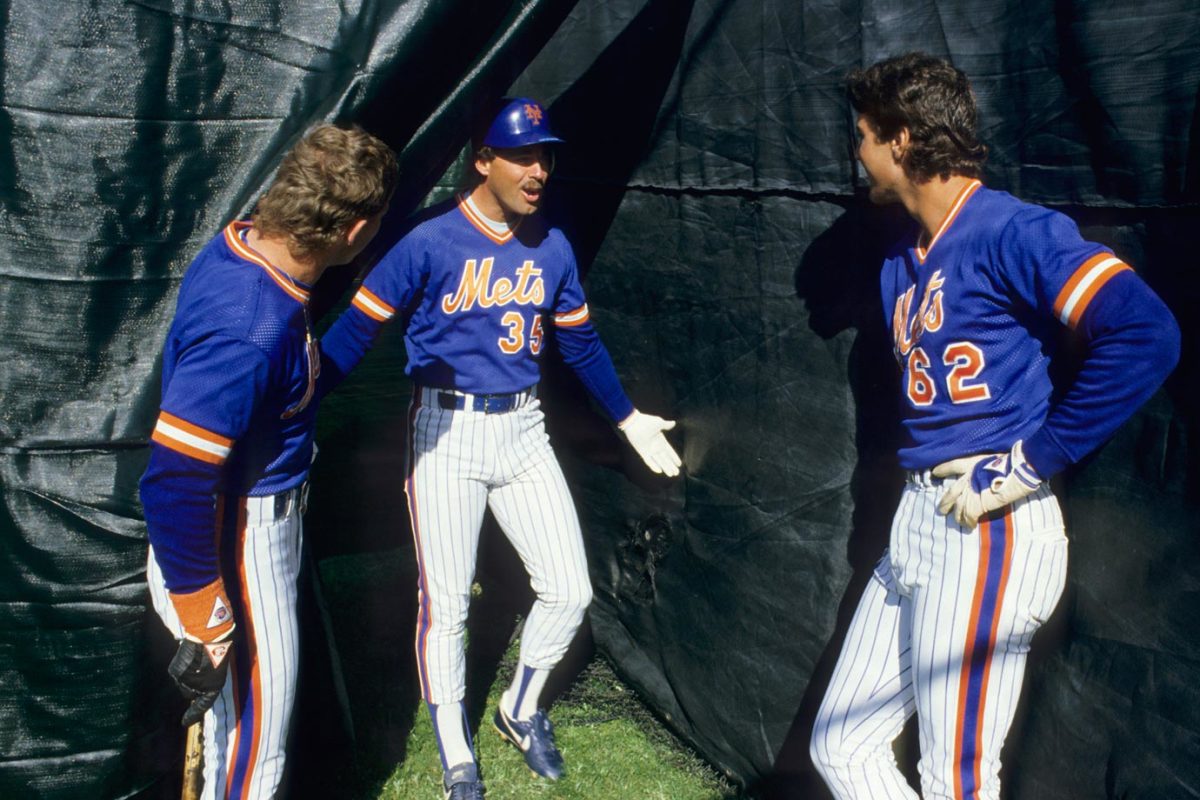
Spring training in St. Petersburg, Fla.
Ronn Reynolds (reacting after catching for Sidd Finch)
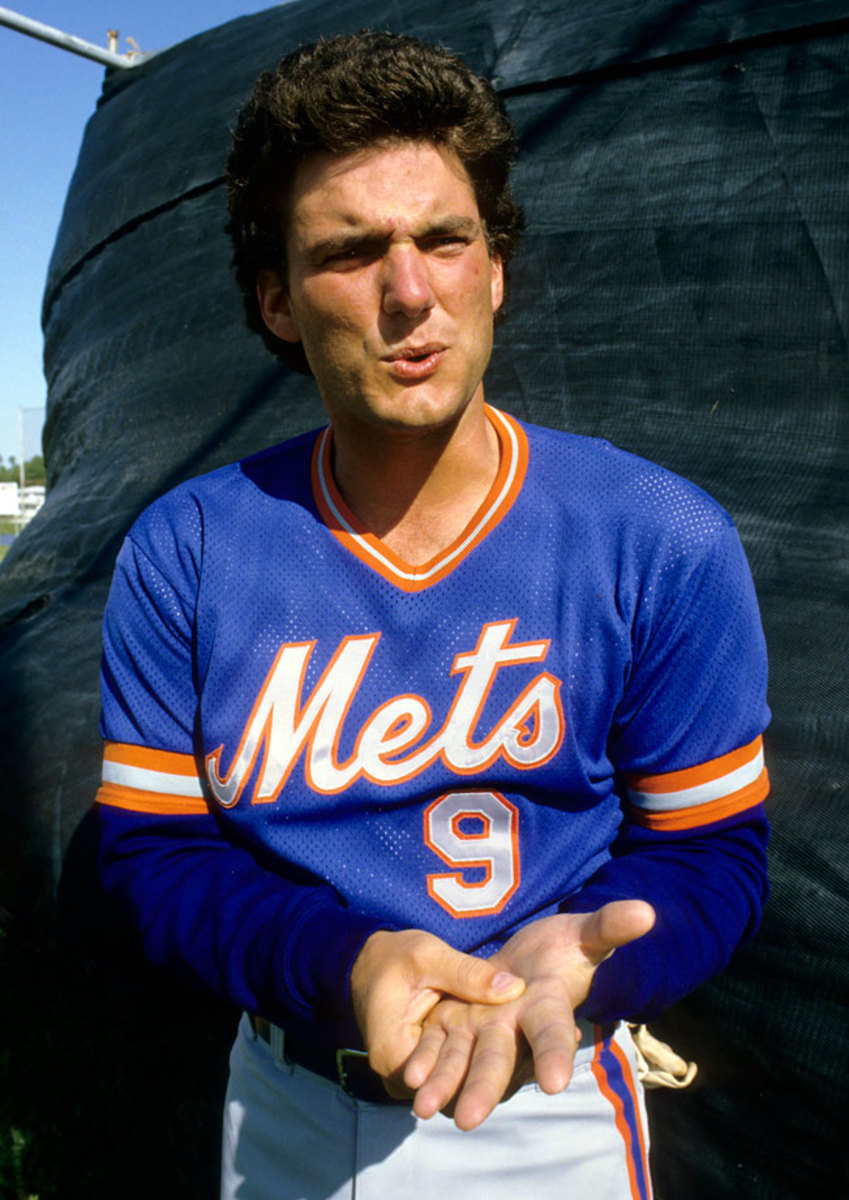
Spring training in St. Petersburg, Fla.
Sidd Finch (Joe Berton)
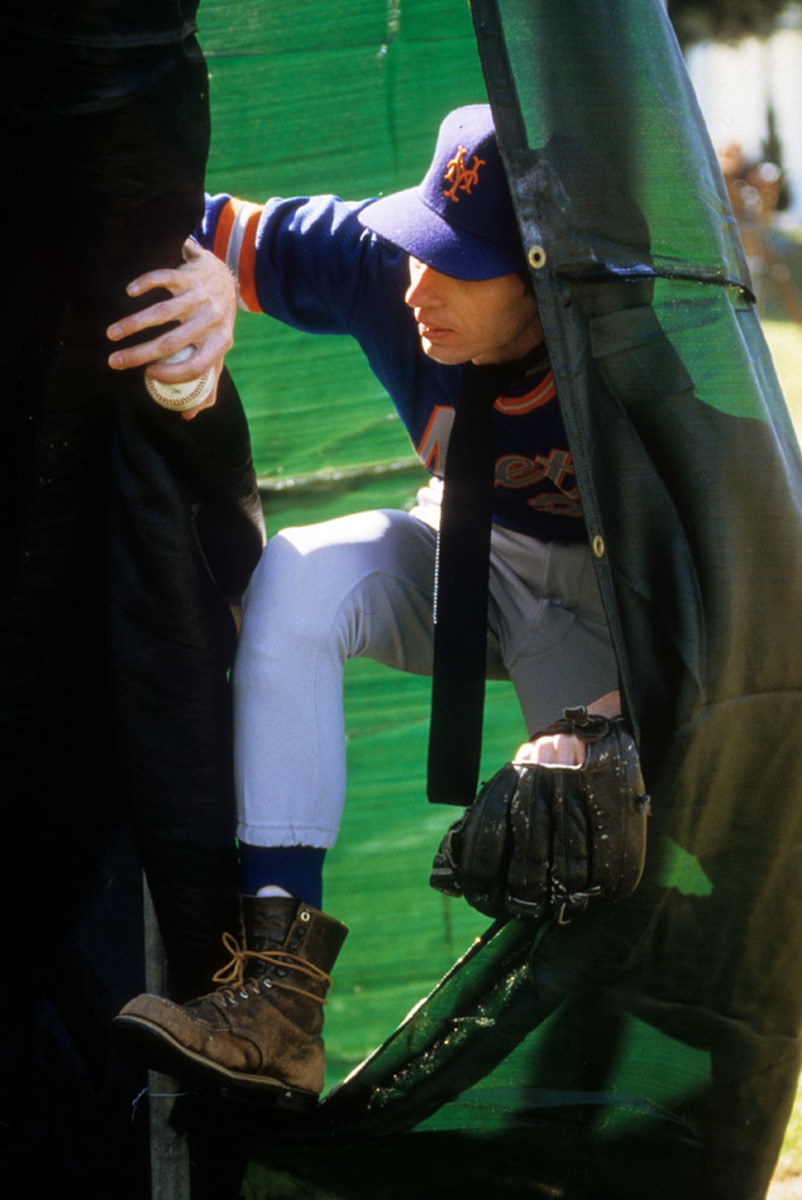
Spring training in St. Petersburg, Fla.
Mel Stottlemyre and Sidd Finch (Joe Berton)
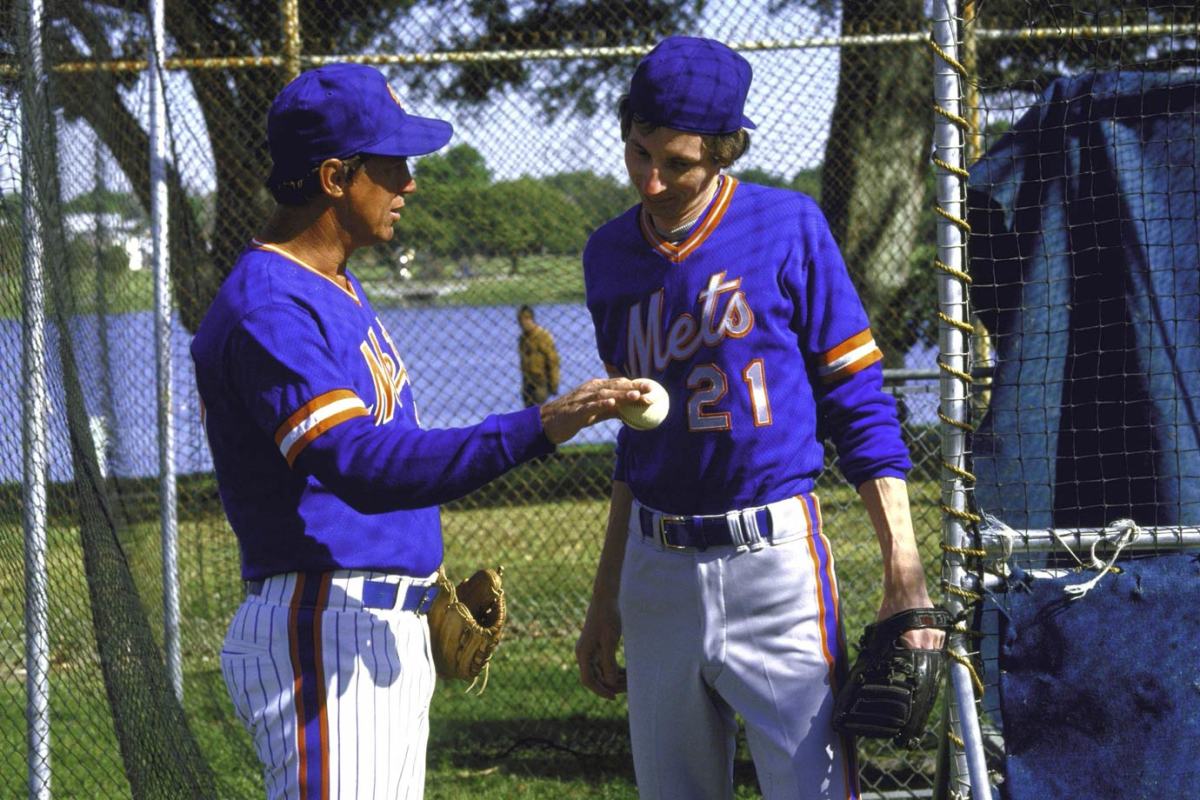
Spring training in St. Petersburg, Fla.
Sidd Finch (Joe Berton) with Dwight Gooden and Jesse Orosco
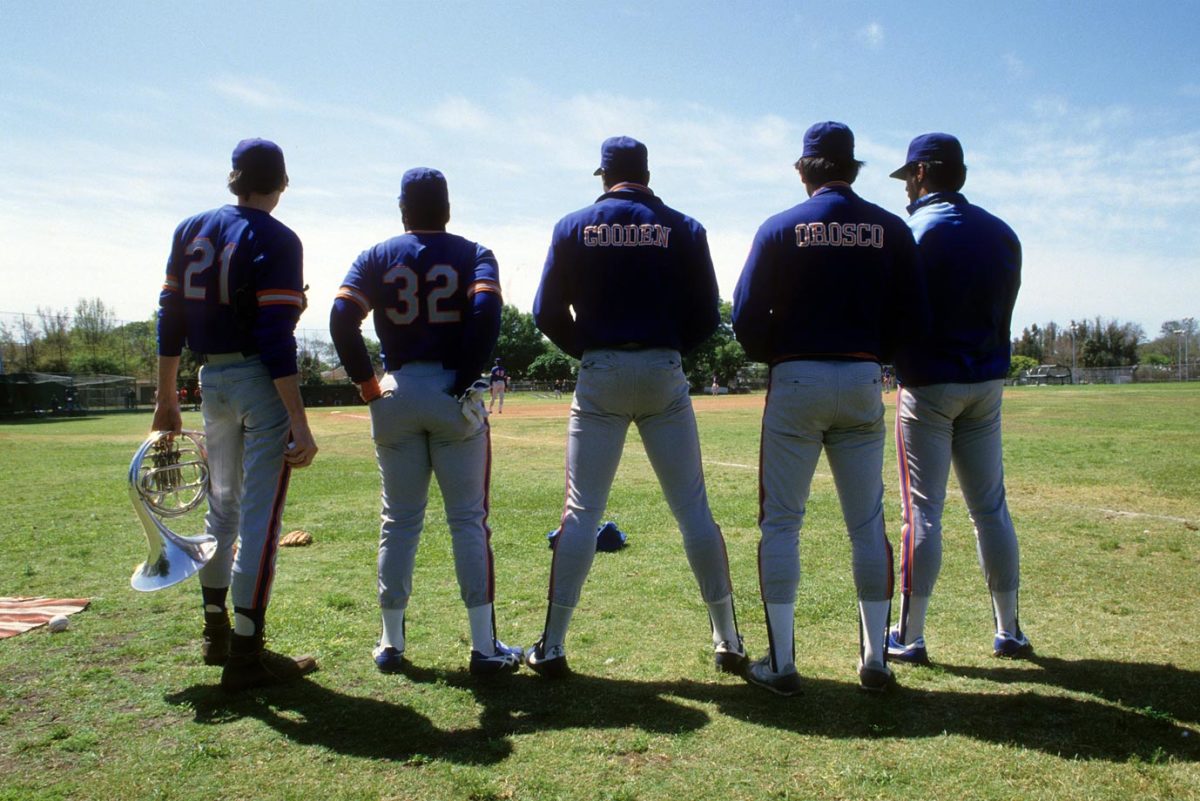
Spring training in St. Petersburg, Fla.
Sidd Finch (Joe Berton)
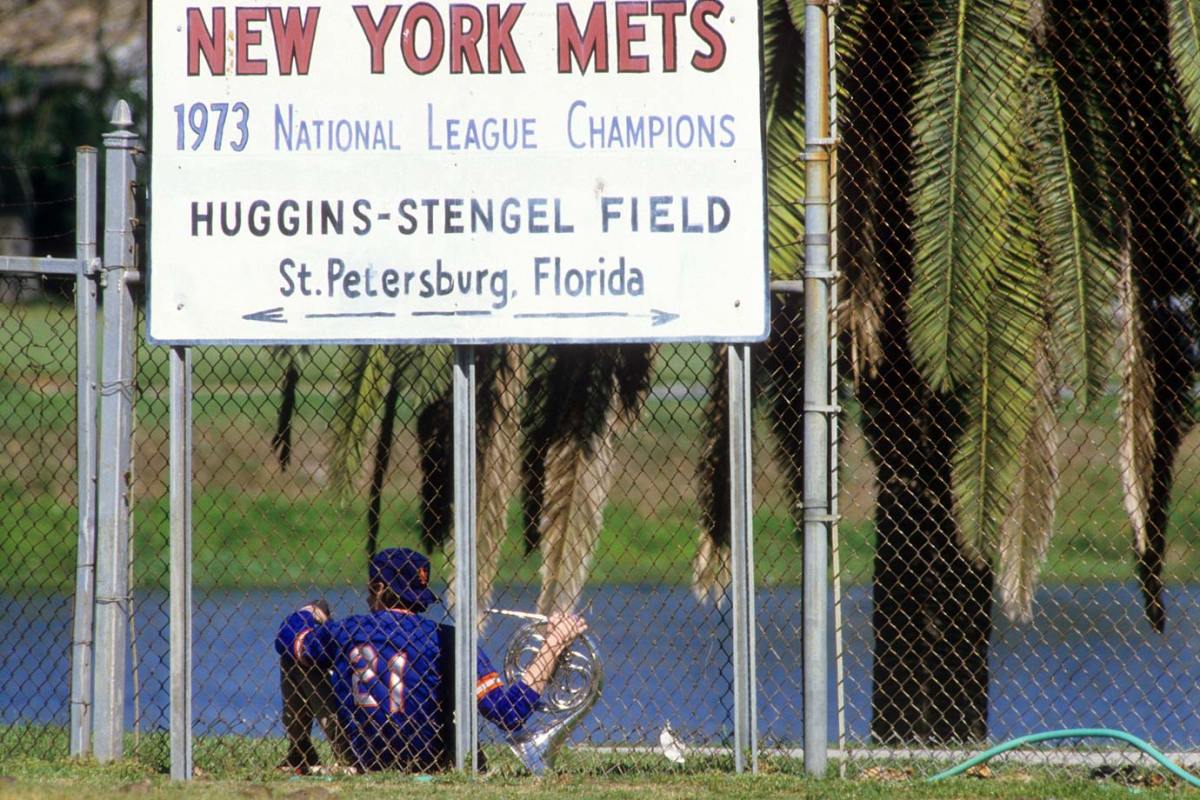
Spring training in St. Petersburg, Fla.
Ed Hearn and Sidd Finch (Joe Berton)
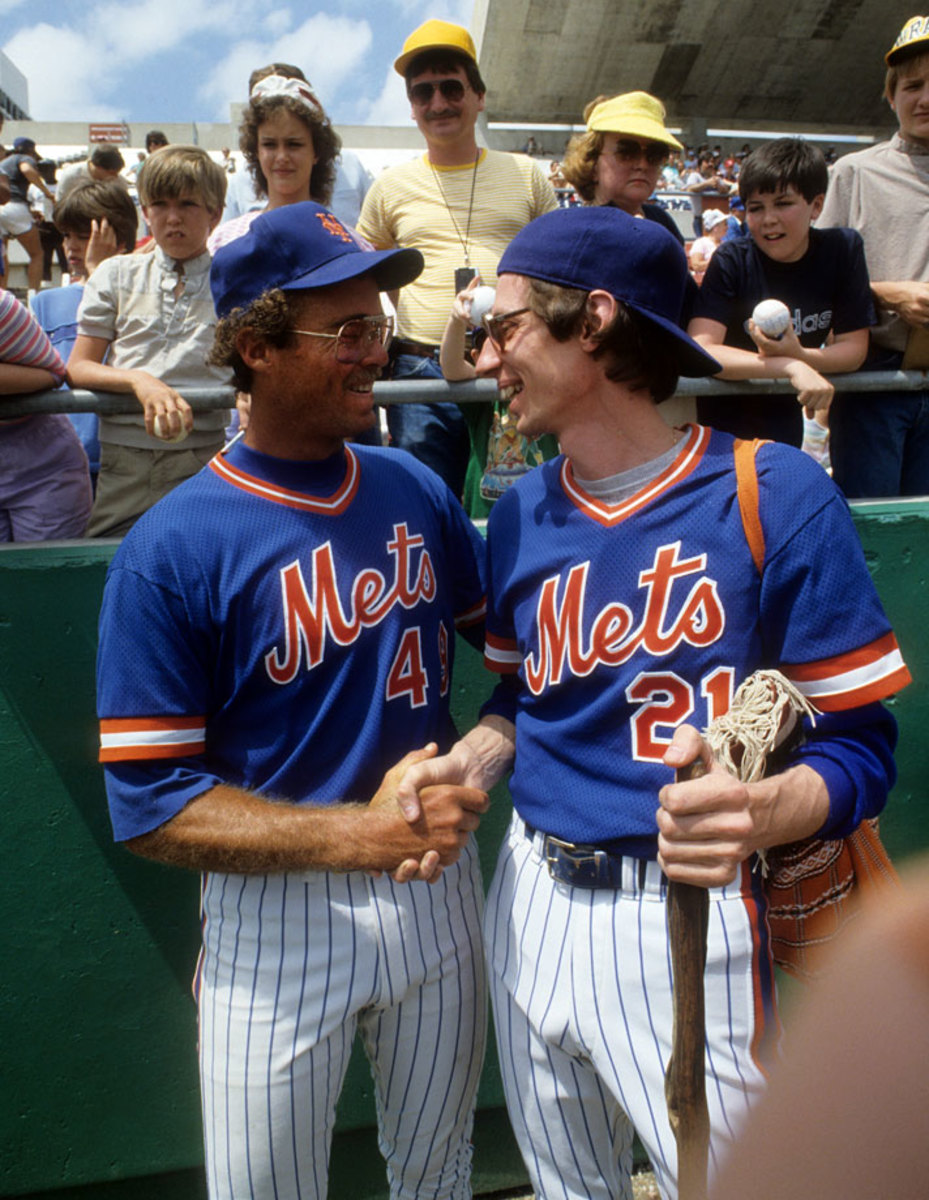
Spring training in St. Petersburg, Fla.
Sidd Finch (Joe Berton)
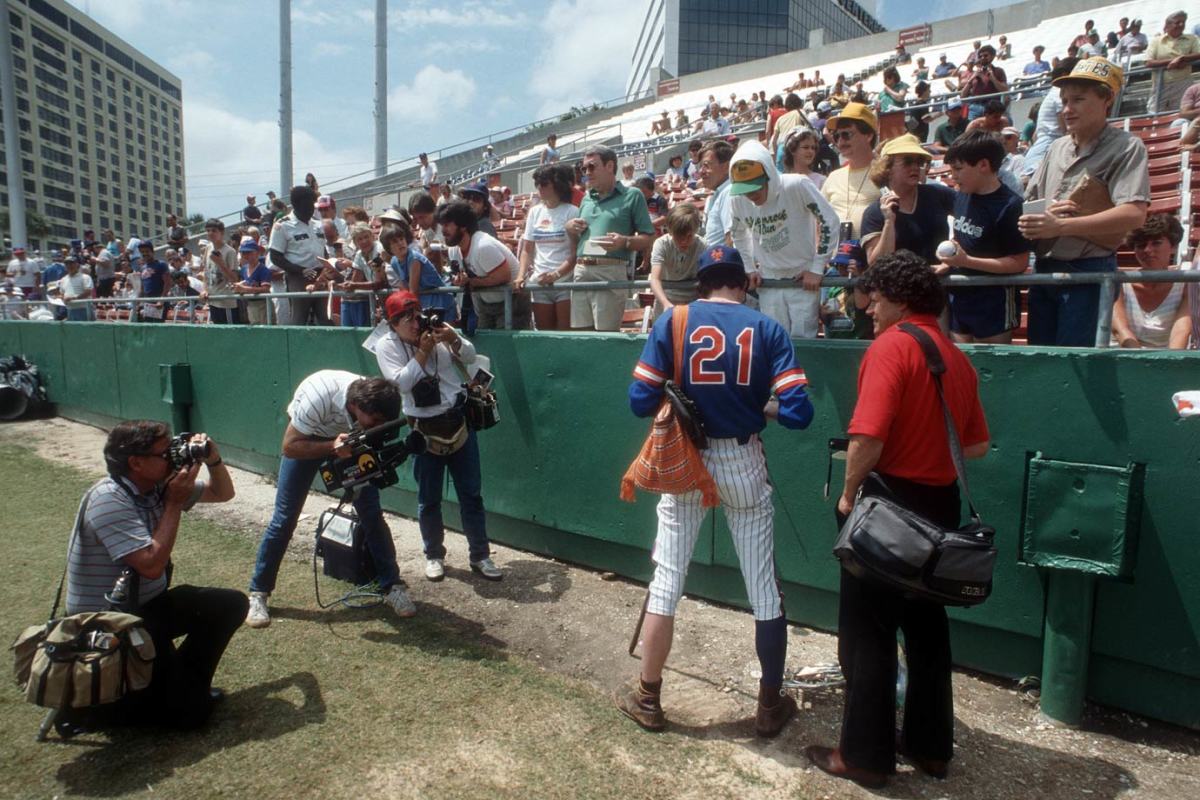
Spring training in St. Petersburg, Fla.
Sidd Finch (Joe Berton)
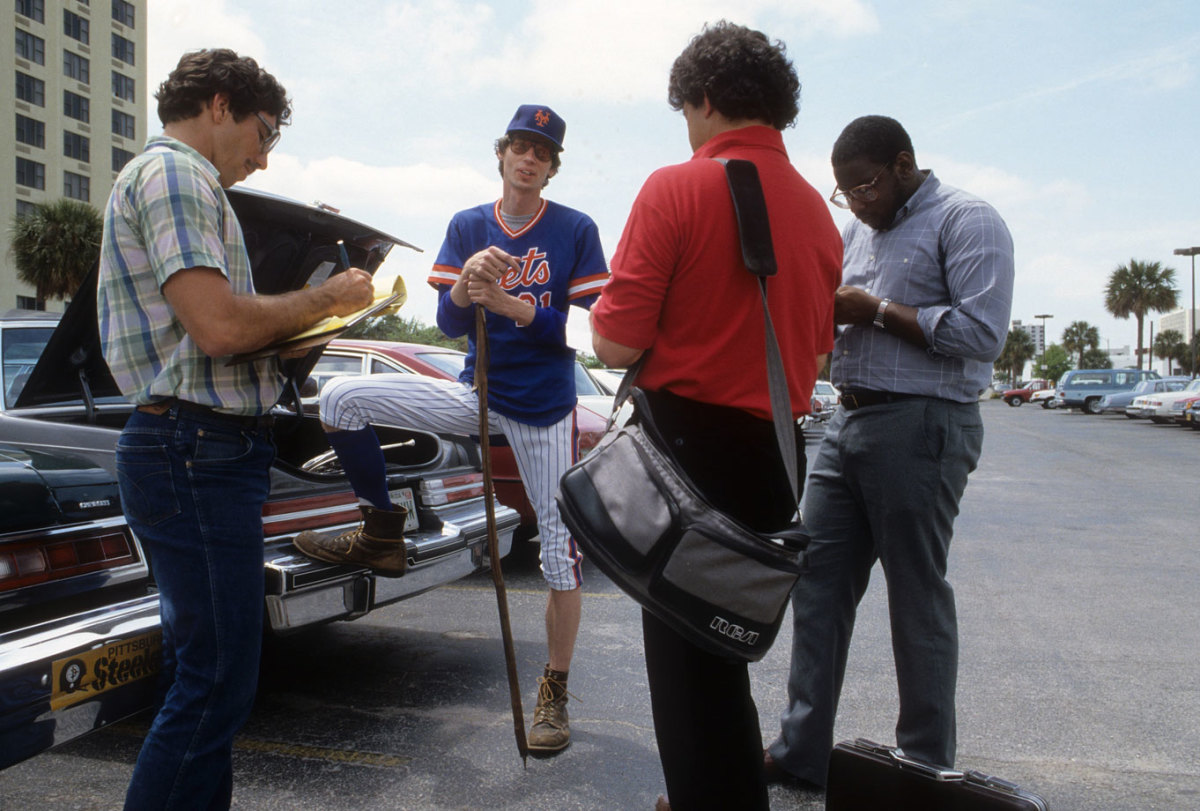
Spring training in St. Petersburg, Fla.
Sidd Finch (Joe Berton)
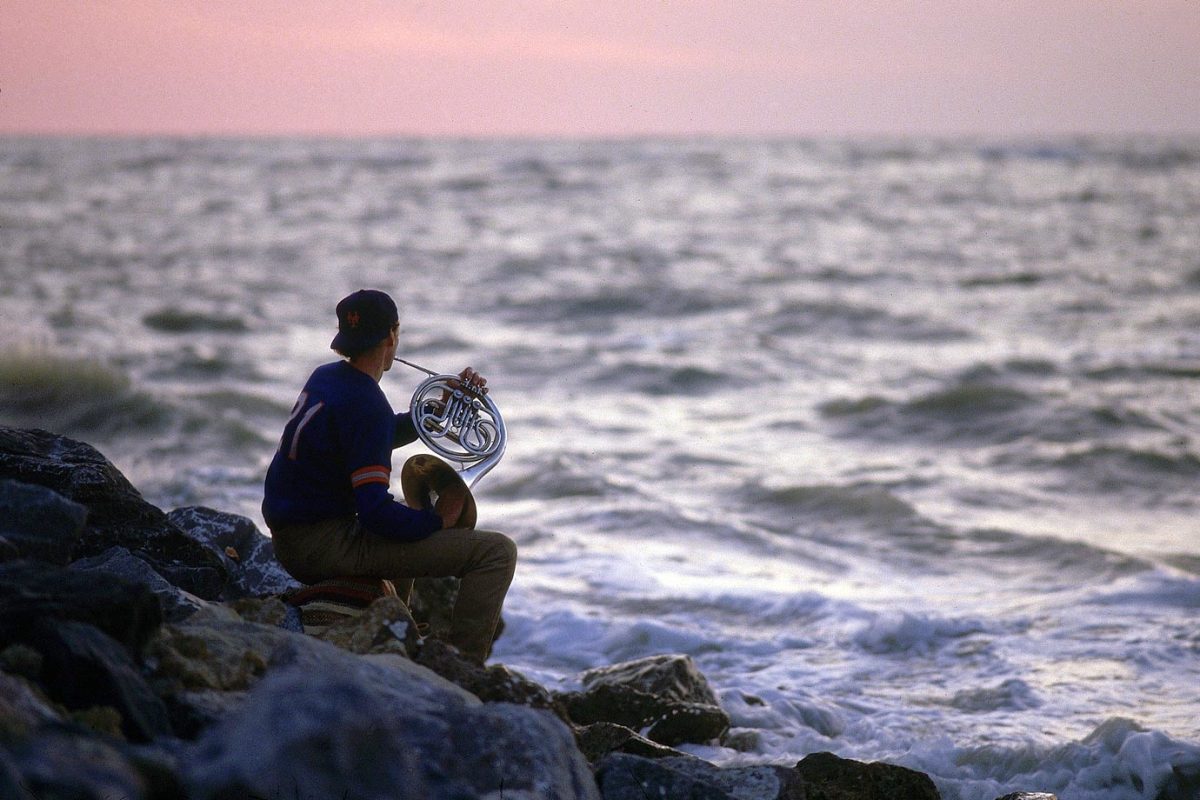
St. Petersburg, Fla.
Sidd Finch (Joe Berton)
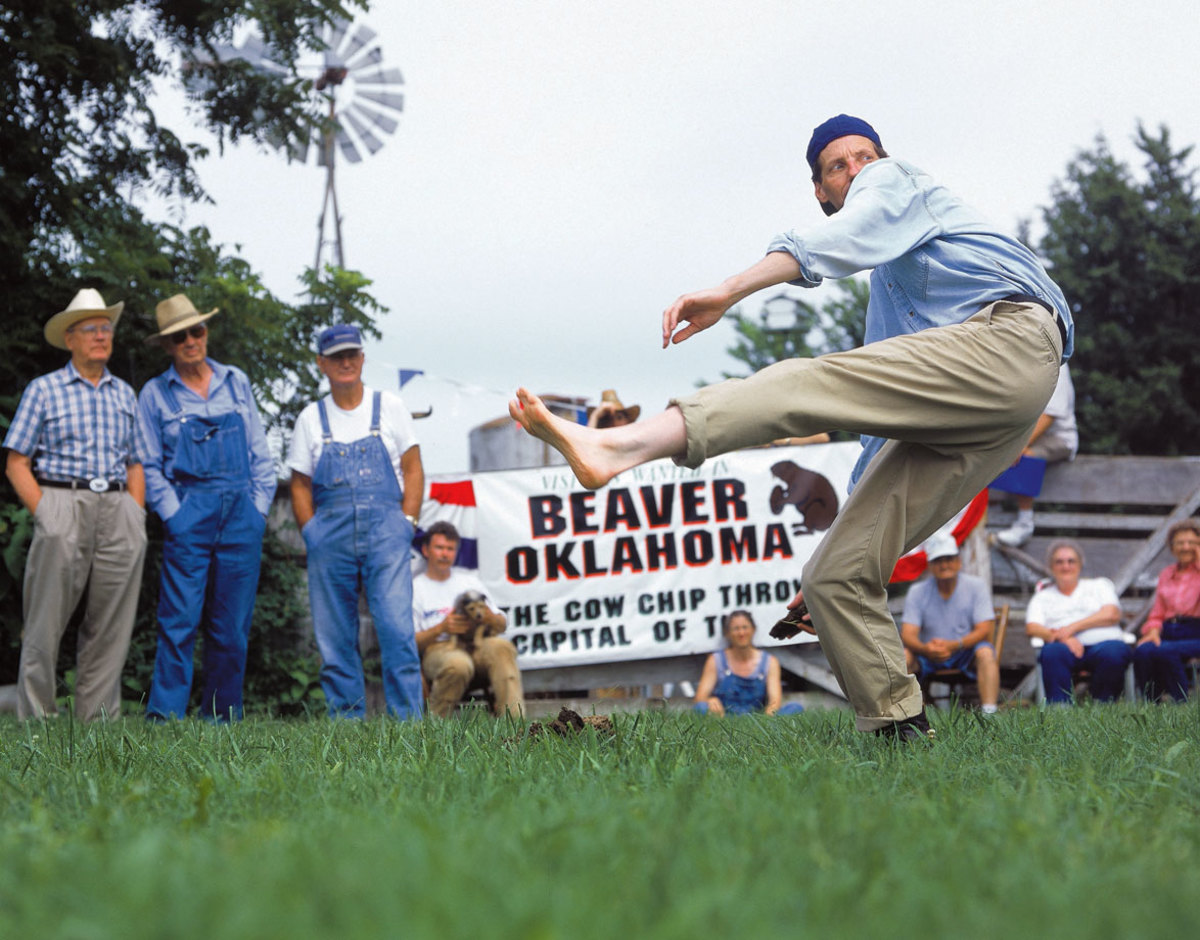
World Championship Cow Chip Throw in Beaver, Okla.
JL: Do you still get recognized as Sidd Finch?
JB: It’s been a lot of real fun because I think a lot of people’s real joy in that story, if they got fooled, they want to share their own belief of the story. So many of the people I end up meeting, they want to recount to me how they fell for it, where they were at, if they were in college, how they would go out there and try to imitate the same pitching motion I had. Things like that.
The local media make a big deal of it when it came out. So we even had some of the local reporters come out to school with their radar guns. I thought, well now the gig really is up. We went up to the school gym and they were taping me pitching a ball to the P.E. teacher. And the reporter holds up the radar gun and says, “We’ve got you now, Sidd. Your fastball is only 68 mph, what do you have to say for yourself?” And said, “You just need a new radar gun, the one on that machine is broken! Have it checked out.”
So we’ve had a lot of fun with it.
JL: You were tasked with bringing Plimpton’s details and descriptions of Sidd Finch to life. What was your favorite part of that story?
JB: There were a number of things that were exaggerated in the story. It was so unusual. When the story hit, many of my friends called up. They knew my baseball ability was at best minor, so to suddenly be cast as the greatest fastballer ever, they knew it was truly an exaggeration. Some of my good friends would ask in all seriousness: When did I get so good at playing the French horn?
The other thing I enjoyed about the story was getting to know George Plimpton over the years. He loved that story. He loved goofing around with it when it first came out, did some TV interviews. But he always continued the love that the story brought to him. Whenever we got together, he always wanted to know about the latest Sidd episodes, what were the latest encounters I had. That was really good fun, getting to talk to him.
JL: How has Sidd Finch changed April Fools' Day for you?
JB: It’s certainly an aspect of my life but it’s not all of it. My friends really get a kick out of it. Because no one was hurt in the making of this story there’s a real enjoyment about it. Over the years I’ve become friends with some real baseball players and almost any ball player from that mid-1980s-time frame remembers the Sidd Finch story and they will recount to me their introduction to it, and get a kick out of meeting me. It’s been really fun.
It continues my baseball interest. In a sense, I love baseball so much and I love the history of the game. And just to be a small footnote in that baseball history, that’s an awful lot of enjoyment that it brings to me.
